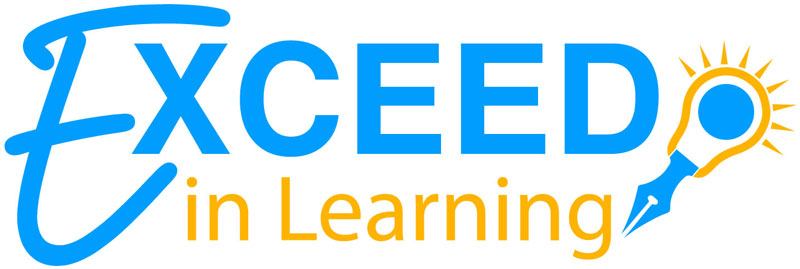As a reading interventionist at my school, this is a really magical time of year. My kindergarten students have been learning letter sounds all year so far and now, they are starting to put those sounds together to read actual WORDS! This is called blending. Blending is the fundamental skill that helps us read, especially when we encounter unfamiliar words. For kids just starting on their reading journey, most of the words on a page are unfamiliar to them, and they will need to master the skill of blending the individual phonemes together to create the whole word. Blending is not difficult, but it does require lots of practice. In this blog, I will share a few strategies to help kids master the skill of blending.
Oral Blending and Segmenting
The skills of oral blending and segmenting are critical to reading success. I cannot emphasize enough how important it is to introduce children to these phonemic awareness skills at an early age. Model how to orally blend sounds to create a word, as well as how to break a word apart into its individual phonemes. For the word, duck, for example, slowly say the sounds of each phoneme in the word: /d/ /u/ /ck/. Then, have your child tell you what the word is. Once your child becomes comfortable with listening for the sounds, you can gradually start saying the individual phonemes faster and faster until they can identify the word. Conversely, give your child the entire word and have them break it up into the individual phonemes. It is important to incorporate these activities as your child is learning letter sounds. Typically, the first letters and sounds a child will learn are S,A,T,P,I,N. Once your child has learned the sounds of these letters, begin blending simple words such as sat, pit, and nap.
Play “I Spy”
You can play this game wherever you are. If you are in your living room, you can say, “I spy with my little eye a r-u-g.” If you are at the supermarket, say, “I spy with my little eye, m-i-l-k.” If you are taking a road trip, have your child put down the electronics for a bit and play “I Spy” with objects that can be found out the window!
Magnetic Letters
I know that I have talked about using magnetic letters before…but I have great reasons! They are easily accessible and so helpful in helping kids read and spell. When teaching kids how to blend sounds into words, use magnetic letters to physically show the letters coming together as you blend the word. Sometimes practicing blending in a tactile and visual way like this can often be that “Aha” moment for a child, where blending sounds starts to make sense. Once a child understands the art of blending sounds into words, there is no stopping them from trying to sound out every word on the page!
In closing, the ability to easily blend sounds into words is a crucial building block of reading. Introduce your child to oral blending and segmenting early, then continue to practice, practice, practice! Blending and segmenting games and activities will help your child develop phonological and phonemic awareness, and lead to reading success!




